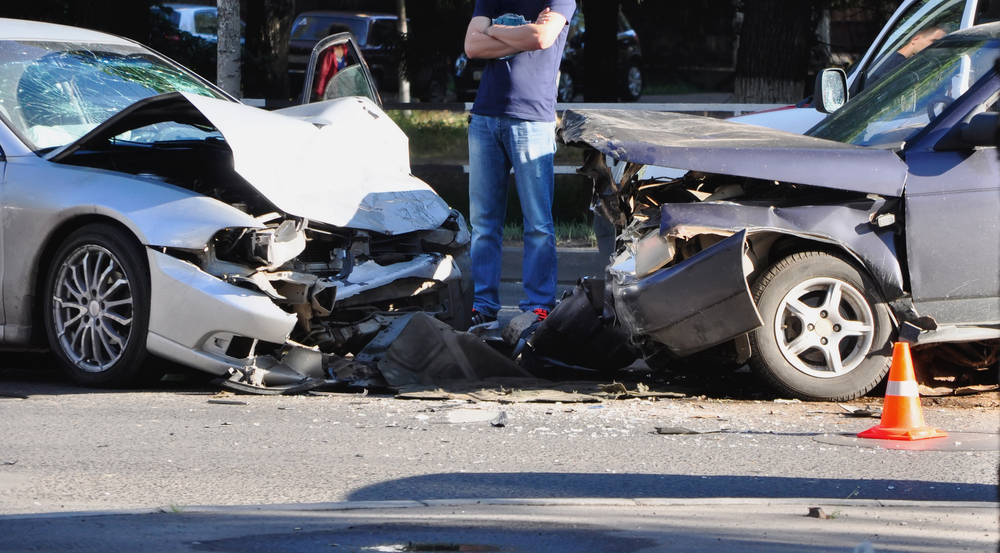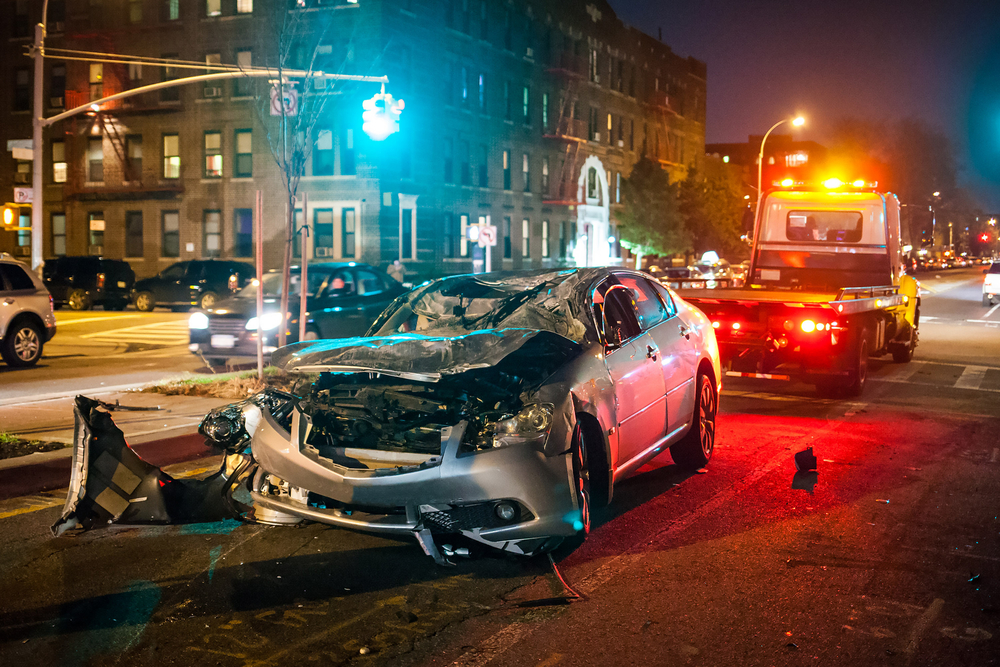Who is Responsible for a Rear-End Collision: Understanding Liability in a Car Accident
Rear-end collisions are one of the most frequent forms of car accidents that occur on the road. These accidents occur when one car slams into the rear of another that is stopped or driving slowly. In many cases, the accident is attributed to the driver of the vehicle in the back. However, it is not always easy to establish who is at fault in a rear-end incident. In order to establish liability in a rear-end collision, negligence must first be understood. A failure to use reasonable care that causes harm or injury to another person is referred to as negligence in the law. Negligence can take many different forms in the context of an automobile accident, including drunk driving, inattentive driving, and breaking traffic laws. If the driver of the rear car followed the lead vehicle too closely, this is usually regarded as negligence. This is so that they can fulfill their legal obligation to maintain a safe distance from the car in front of them and to have enough time to stop in order to avoid an accident. The driver of the car in the back may be held accountable for the collision if they were driving too closely behind. However, if the driver of the lead vehicle failed to give adequate warning, such as by activating danger lights or positioning a warning triangle behind their car, they may also be deemed negligent. Additionally, the driver of the lead vehicle may be held accountable for the collision if they were impaired by drugs, alcohol, or other illicit substances while driving. In some instances, a third party, such as a badly maintained road or a broken traffic signal, may be to blame for the accident. [...]






